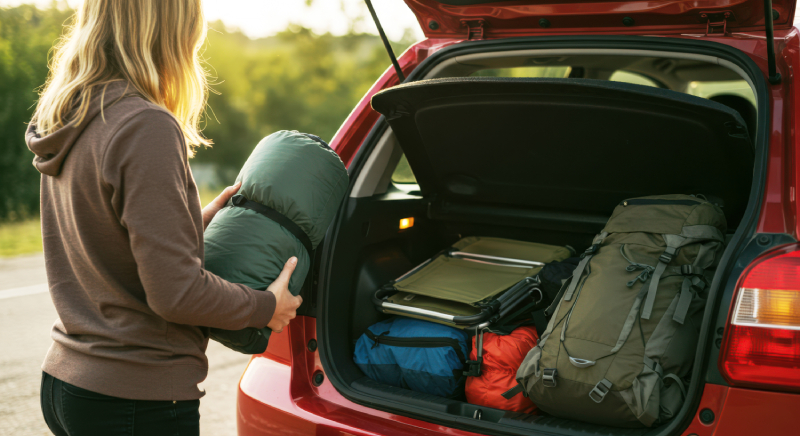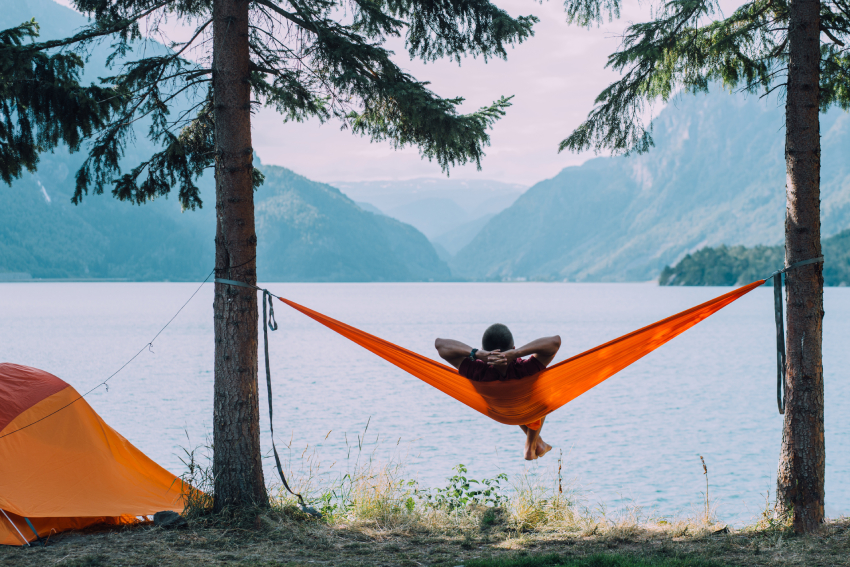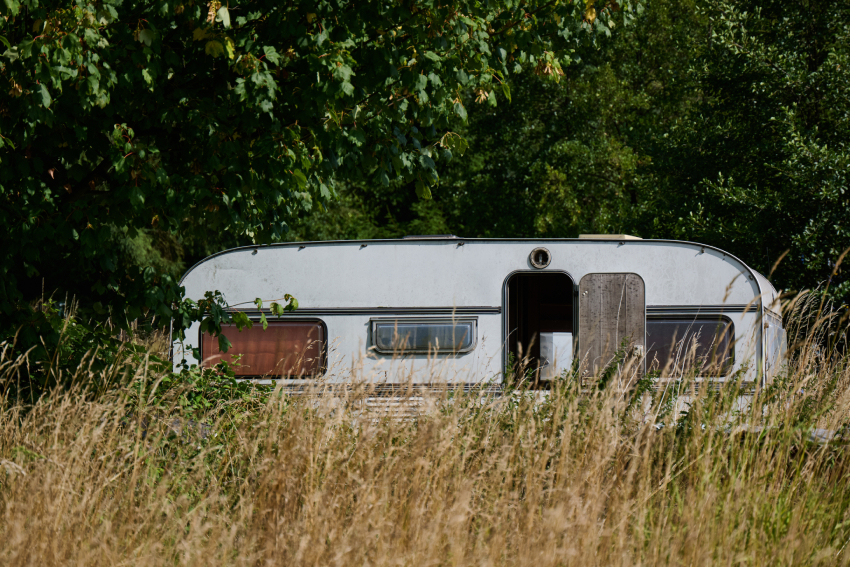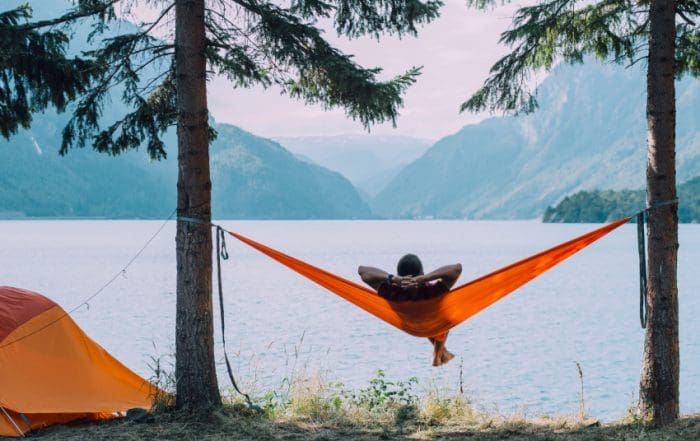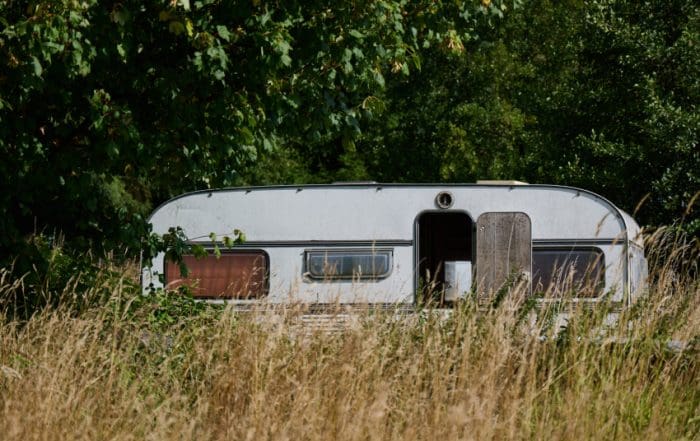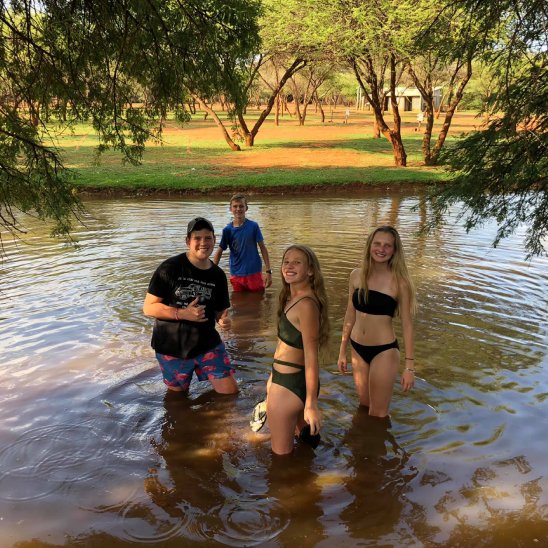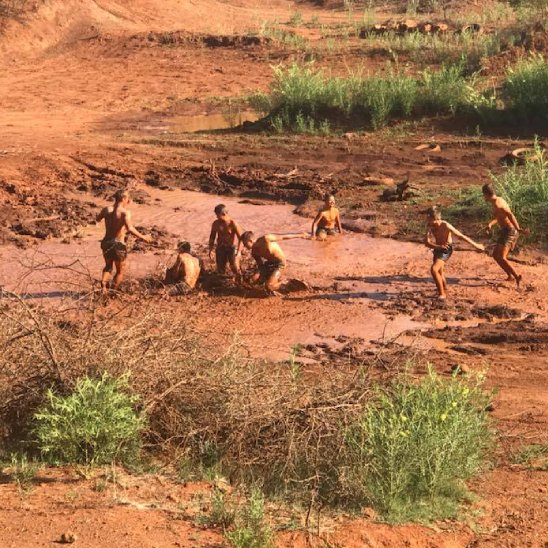Packing your car for camping can be an exciting yet daunting task, especially when you need to fit everything you might need for a weekend or even a week in the outdoors. The key to a successful camping trip is all about how you pack your car for camping. In this guide, we'll take you through the best car packing tips, share a solid packing checklist for camping, and even provide insights on transporting gear on the car roof safely.
Create a Packing Checklist for Your Camping Trip
The first step in packing your car for camping is creating a detailed packing checklist for camping. This checklist serves as a great way to ensure you don't leave behind any essentials. Consider what you'll need for comfort, safety, and cooking, among other things. Here are some key categories to think about when preparing your list:
- Camping Gear: Tent, sleeping bags, pillows, sleeping mats, and ground tarps. If you're using a caravan park, check if they provide any of these items.
- Cooking Equipment: A portable stove or camping cooker, fuel, pots, pans, a kettle, utensils, and food storage containers.
- Clothing: Pack suitable clothing for various weather conditions, including layers, rain gear, and extra socks. Don't forget sunscreen, hats, and warm layers for cooler evenings.
- Personal Items: Toiletries, towels, first-aid kits, insect repellent, and any medication.
- Miscellaneous: Flashlights, batteries, fire-starting materials, a multi-tool, and a map or GPS. You can also consider including camping chairs, a hammock, or a portable cooler.
Once you have your list, make sure to check it off as you go. It's easy to forget small items like phone chargers, but a checklist will help you stay organised and ensure you have everything you need.
General Car Packing Tips
Now that you have your checklist, it's time to pack your car for camping. Efficient packing can make the difference between a comfortable journey and a stressful one. Here are some car packing tips to make the most of the space in your vehicle:
- Pack Heavy Items First
Start by loading the heaviest items at the bottom and closest to the back seats. These typically include coolers, large cooking equipment, or gear like tents and sleeping bags. By placing these heavy items at the bottom, you'll ensure that the weight is evenly distributed, which can help with the car's handling, especially on rough terrain. - Maximise Space Using Storage Boxes
Use sturdy storage bins or boxes to keep smaller items organised. These can stack neatly in your car, and you won't have to rummage through loose gear when you need something. Clear bins can also be helpful, as you can easily identify what's inside without opening each one. - Use Soft Bags for Flexibility
Soft bags, such as duffel bags, are great for packing items like clothes or bedding. They can easily be squeezed into tight spaces, unlike hard cases. Soft bags also allow you to shape them to the contours of your vehicle's trunk or backseat, making it easier to utilise every bit of available space. - Leave Space for Essentials
It's important to leave room for items you'll need during the journey, such as water bottles, snacks, and a first-aid kit. Keep these essentials accessible by packing them in the back seat or the car's central compartment. - Secure Loose Items
Ensure that loose items like camping chairs or firewood are securely fastened or covered with a tarpaulin. You don't want them rolling around in the back, especially while driving on bumpy roads. Secure them with bungee cords or straps if necessary. - Be Mindful of Vehicle Load Limits
Overloading your car can lead to safety risks and decreased fuel efficiency. Always check your vehicle's load capacity and make sure you're not exceeding the recommended weight limit.
Transporting Gear on the Car Roof Safely
Sometimes, you'll need to transport gear on the car roof to make room inside the vehicle, especially when you have bulky items like kayaks, bicycles, or extra camping gear. If you're planning on using a roof rack, here are some tips to ensure your gear stays secure:
- Use a Roof Box or Cargo Carrier
A roof box or cargo carrier is an excellent choice for transporting gear on the car roof. These are specifically designed to hold camping equipment like tents, sleeping bags, and other essentials. A roof box can help you keep your car's interior free of clutter while providing extra storage space. - Tie Down Items Properly
If you're using a roof rack, make sure to securely tie down any items using strong bungee cords or ratchet straps. Tighten them so that your gear won't shift or come loose during the drive. You should always double-check the straps before you hit the road. - Protect Your Gear
Protect sensitive gear from the elements by covering it with a waterproof cover. If you're carrying bikes, use a bike rack to secure them safely and prevent damage during transport. A bike cover can also keep your bikes dry in case of rain. - Check for Weight Restrictions
Before loading up your car's roof, check the weight capacity of your roof rack or cargo carrier. Overloading the roof can affect the vehicle's handling, fuel efficiency, and safety. Always distribute the weight evenly to avoid putting too much strain on one side.
Tips on How to Pack a Small Car for Camping
Packing a small car for camping presents its own set of challenges. Without the luxury of space, you'll need to be creative when packing. Here are some practical tips on how to pack a small car for camping:
- Keep It Simple
When space is limited, simplify your gear. Choose multi-purpose items, like a portable stove that doubles as a grill or sleeping bags that can be used as blankets and pillows. Prioritise the essentials and avoid packing unnecessary extras. - Utilise Every Nook and Cranny
Take full advantage of every small space in your car. Use the footwells, the space under seats, and even the roof rack for extra gear. Rolling clothes instead of folding them can save valuable space, as well as using compact, collapsable cooking equipment. - Use Roof Racks or a Roof Box
For larger items, a roof rack or roof box can help free up valuable interior space. Even in a small car, a roof box can provide essential extra storage without overcrowding the cabin. - Organise with Smaller Containers
When packing a small car, organisation is key. Use smaller containers or bags to keep things neatly packed and easily accessible. Stash your food, cookware, and toiletries in separate compartments to avoid creating chaos. - Pack Efficiently for Access
When dealing with a small car, you might not have much room to work with. Pack items you'll need most frequently, like snacks, water, and rain gear, on top or in easily accessible spots. This way, you won't have to unpack the entire car just to grab something small.
It doesn't have to be difficult to pack your car for camping. You'll be road-ready in no time if you plan, use a little imagination, and follow these car packing recommendations. These ideas can help you travel like a pro, from making sure you have everything you need on your camping packing list to loading your car to the brim.
So, why wait? Adventure is just around the corner! If you want to explore Mbizi Game Lodge & Spa, contact us today.


